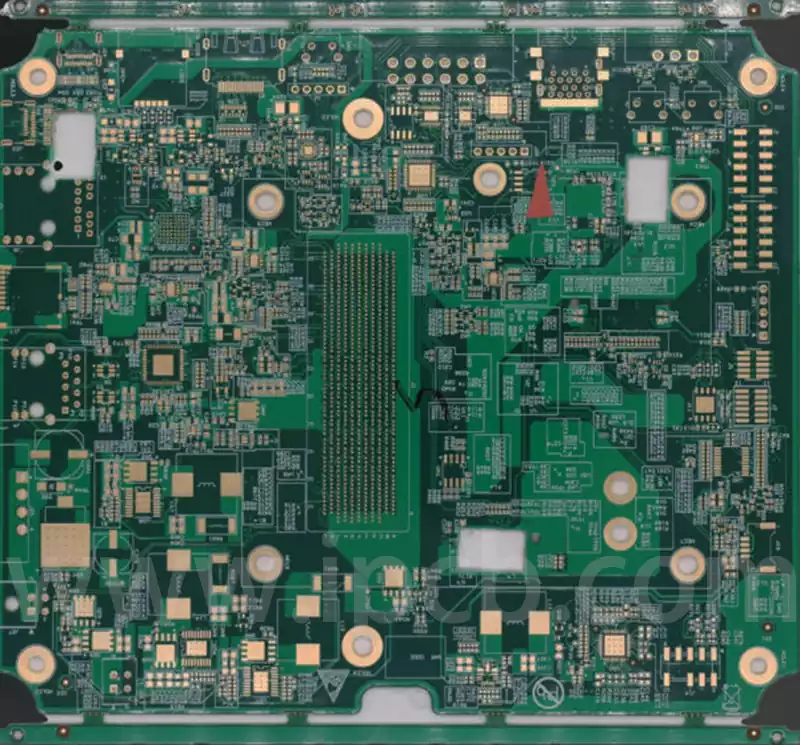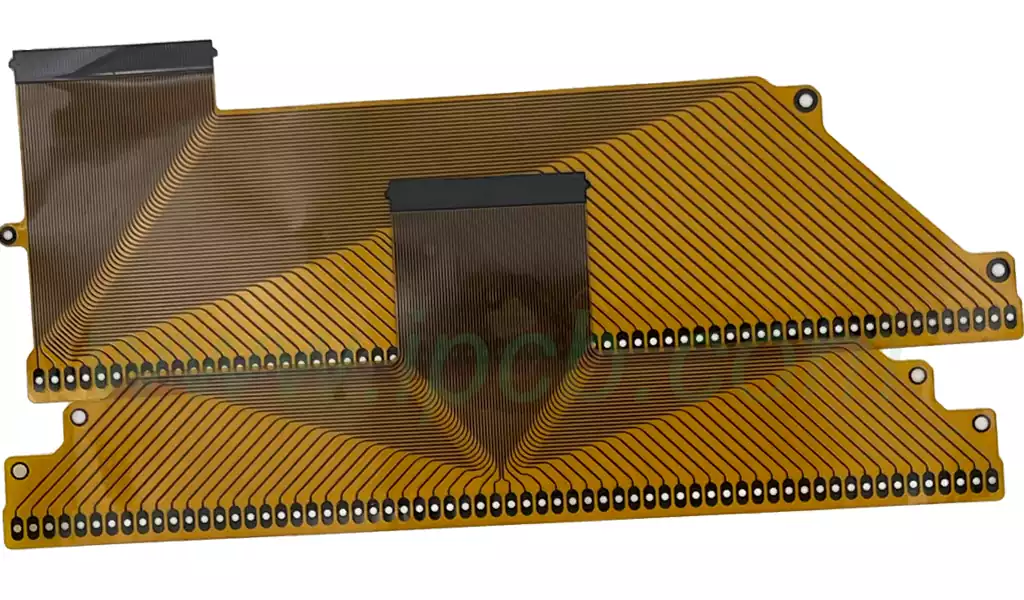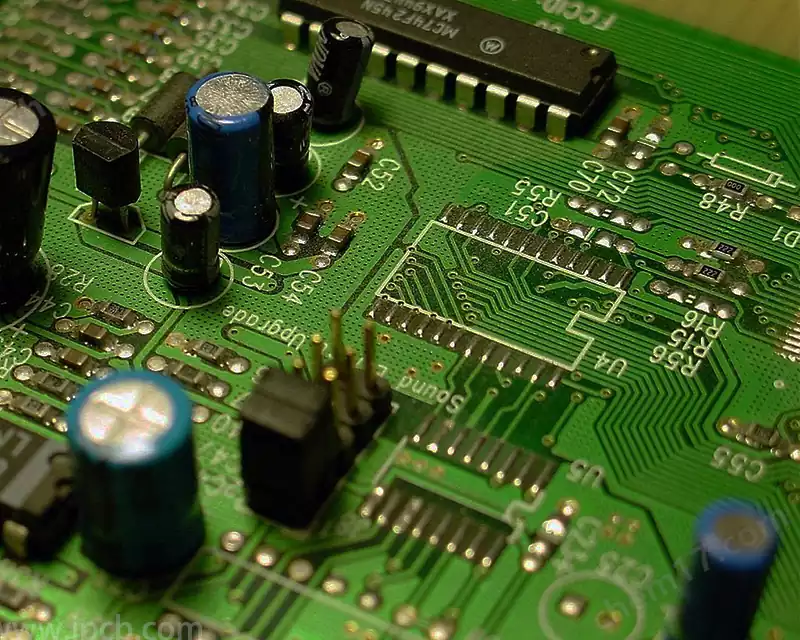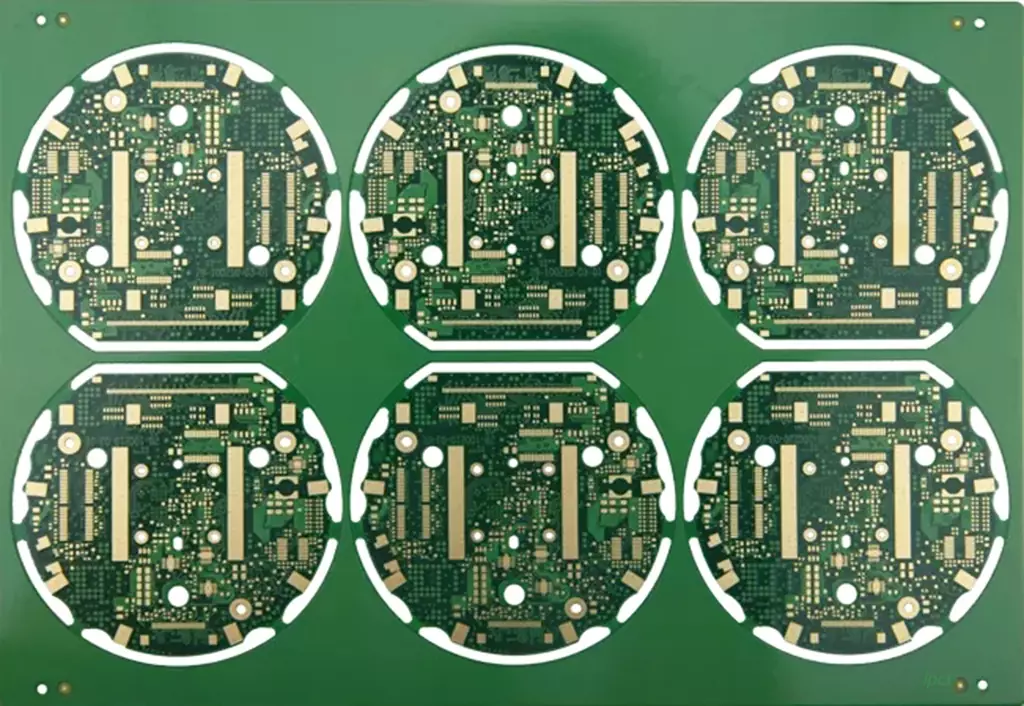The white residue on PCB surfaces primarily originates from substances such as polymerised rosin, unreacted activators, and lead chloride or bromides formed by the reaction between flux and solder. Upon absorbing moisture, these substances expand in volume, with some undergoing hydration reactions with water. This leads to increasingly pronounced white residue that proves extremely difficult to remove from PCB board surfaces. The issue becomes particularly severe under conditions of overheating or prolonged exposure to high temperatures.
The formation of white residue typically stems from the following scenarios:
Rosin residue from flux:
In most instances, the white substance appearing after inadequate cleaning, storage, or solder joint failure originates from rosin inherently present in the flux. Rosin exhibits thermodynamic instability and a tendency to crystallise. Upon crystallisation, the originally colourless and transparent rosin transforms into a white powder. When PCBs are stored in high-humidity environments and absorb sufficient moisture, the rosin gradually transitions from a colourless, transparent glassy state to a crystalline state, forming white powdery residues.
Colophony degradation products:
During soldering, colophony may react with flux to form poorly soluble compounds. These substances resist cleaning and persist on the PCB board surface as white residues.
Organometallic salt residues:
The removal of oxides from soldered surfaces relies on organic acids reacting with metal oxides to form metal salts soluble in liquid colophony. Upon cooling, these metal salts form solid solutions with rosin and are removed alongside the rosin during cleaning. However, if the oxidation level on the soldering surface or components is high, the concentration of metal salts generated post-soldering will correspondingly increase. When rosin oxidation is excessive, it may remain on the PCB board alongside undissolved rosin oxides.
Formation of metallic inorganic salts:
These substances may arise from reactions between metal oxides in the solder and halogen-containing activators in the flux or solder paste, residual halide ions in PCB pads, halide ions from component surface coatings, and halide ions released from halogen-containing components in FR4 material at elevated temperatures. These metallic inorganic salts typically exhibit low solubility in organic solvents.
Thermal Oxidation Effects:
When rosin is exposed to temperatures exceeding 200°C, thermal oxidation may occur. This process reduces the number of unsaturated double bonds in rosin acids, leading to the formation of ethylene glycols, ketones, and esters of varying molecular weights. These residues gradually disappear from the surface and oxidise into the adhered white residue.
Delamination of Solder Resist from Circuit Surface:
This phenomenon may arise from imprecise control of production parameters such as temperature, pressure, or duration, causing separation between the insulating layer and substrate. Additionally, prolonged exposure to air may induce chemical reactions with atmospheric oxygen, forming oxides that subsequently trigger delamination of the solder resist from the substrate.
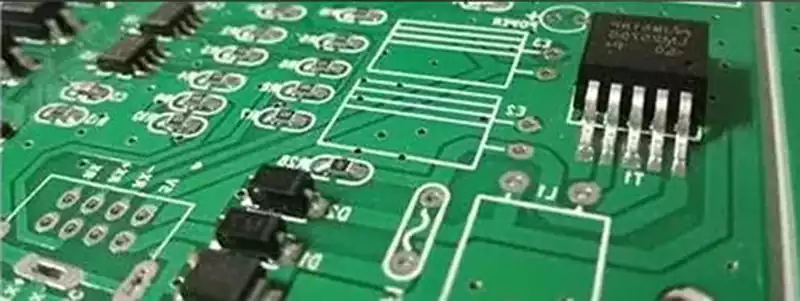
Impact of White Residue on PCB Circuit Boards:
Research on white residue has identified that the chemical constituents of solder flux residues exhibit corrosive properties towards the substrate. This corrosion can diminish the board’s conductivity and potentially cause migration or short circuits. Non-conductive solid particles may infiltrate component contacts, causing poor connectivity. Excessive white residue can attract dust and contaminants, compromising product reliability and stability during operation.
Methods for Removing White Residue on PCB
Chemical Solvent Method:
Acetone/Methyl Ethyl Ketone (MEK): Effective but highly corrosive, requiring careful handling. Apply a small amount of solvent to a cotton swab, non-woven cloth, or soft-bristled brush. Gently wipe the ink-affected area, potentially requiring repeated dipping and wiping. Once the ink softens or dissolves, immediately remove residues with a clean cloth or one lightly moistened with isopropyl alcohol.
Specialised Paint Removers/Marking Removers: Certain solvents marketed specifically for removing PCB character markings offer good results and are relatively more targeted.
High-Purity Isopropyl Alcohol: Relatively mild in effect, it may only weaken or soften most inks, requiring vigorous scrubbing. Suitable for light removal or as an initial clean.
Anhydrous Ethanol: Less effective than isopropyl alcohol, but also usable for cleaning.
Physical Methods:
Sharp scalpel blade or precision engraving knife: Most commonly used but high-risk, prone to scratching solder mask or severing minute copper traces. The blade must be held perfectly perpendicular to the PCB surface, scraping the ink area with extremely light, slow, and steady pressure.
Erasers (particularly non-abrasive types): May only be effective on very light, newly applied, or loose ink, typically yielding limited results.
Very fine sandpaper (e.g., 2000 grit or higher): Strongly discouraged, as it readily damages solder mask and even copper foil. Use only as a last resort, with extreme caution, on very small areas where underlying layers are not sensitive.
Laser removal: Utilises specific wavelength lasers to ablate the ink layer, causing minimal damage to underlying materials. Requires specialised laser marking equipment.
Sandblasting: Employs extremely fine abrasive particles propelled at very low pressure to remove ink. Demands professional equipment and precise control.
The causes of white residue on PCB boards are diverse, and its impact should not be underestimated. By appropriately selecting chemical or physical methods for removal, the functional integrity of the PCB can be effectively safeguarded.
